California's wildfire grows to become largest this year, take a look at shocking visuals
Heat waves and historic drought tied to climate change have made wildfires harder to fight in the American West.
- The Dixie fire has become the largest wildfire in the history of the state
- The smoke from the wildfire can be seen by satellites in space
Trending Photos
) Picture credit: Twitter
Picture credit: Twitter Greenville: Fueled by strong winds and bone-dry vegetation, the Northern California wild fire grew to become the largest single wildfire in state history.
People living in the scenic forestlands of Northern California are facing a weekend of fear as it threatens to reduce thousands of homes to ashes.
The fire incinerated much of Greenville on Wednesday and Thursday, destroying 370 homes and structures and threatening nearly 14,000 buildings in the northern Sierra Nevada. It had engulfed an area larger than the size of New York City.
Take a look at visuals of the devastating fire that is raging through the forest:
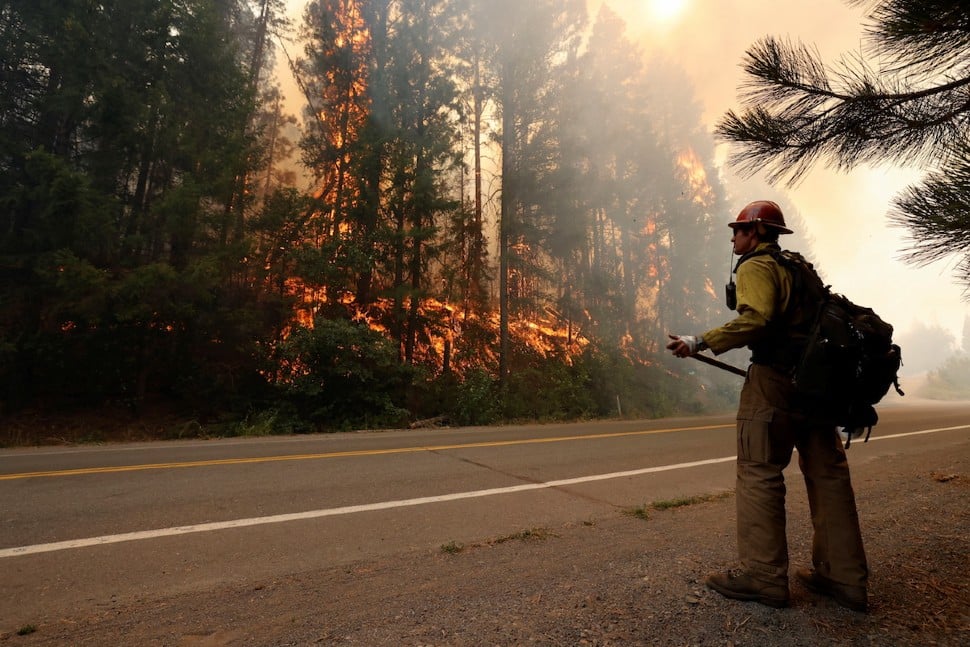
The Dixie Fire, named for the road where it started, spanned an area of 700 square miles (1,813 square kilometers) Saturday night and was just 21% contained, according to the California Department of Forestry and Fire Protection.
Four firefighters were taken to the hospital Friday after being struck by a fallen branch. More than 20 people were initially reported missing, but by Saturday afternoon authorities had contacted all but five of them.
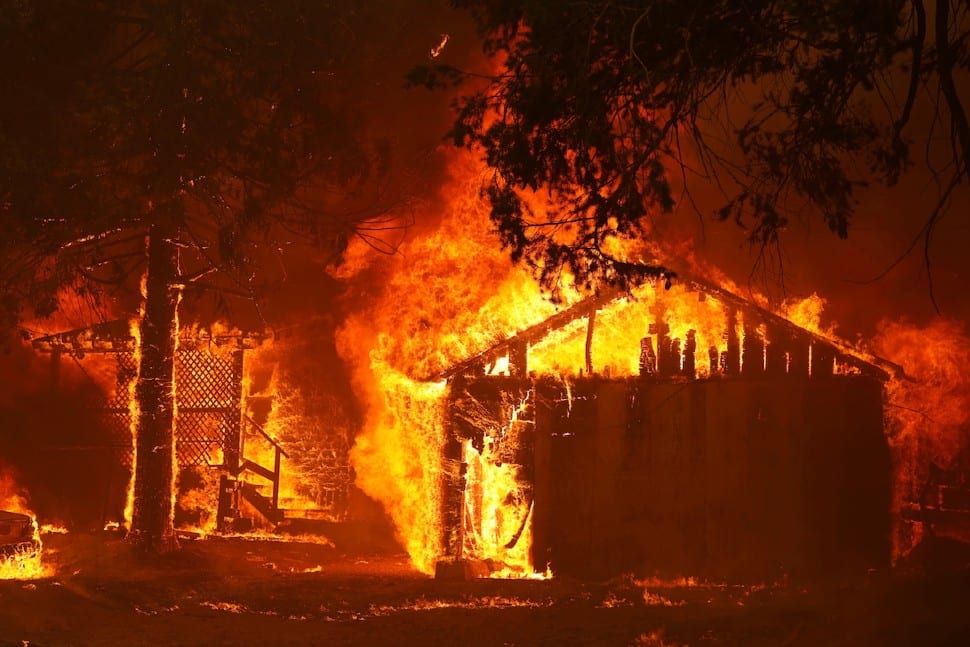
The fire's cause was under investigation. The Pacific Gas & Electric utility has said it may have been sparked when a tree fell on one of its power lines. A federal judge ordered PG&E on Friday to give details about the equipment and vegetation where the fire started by Aug. 16.
Cooler overnight temperatures and higher humidity slowed the spread of the fire and temperatures topped 90 degrees Fahrenheit (32 degrees Celsius) instead of the triple-digit highs recorded earlier in the week.
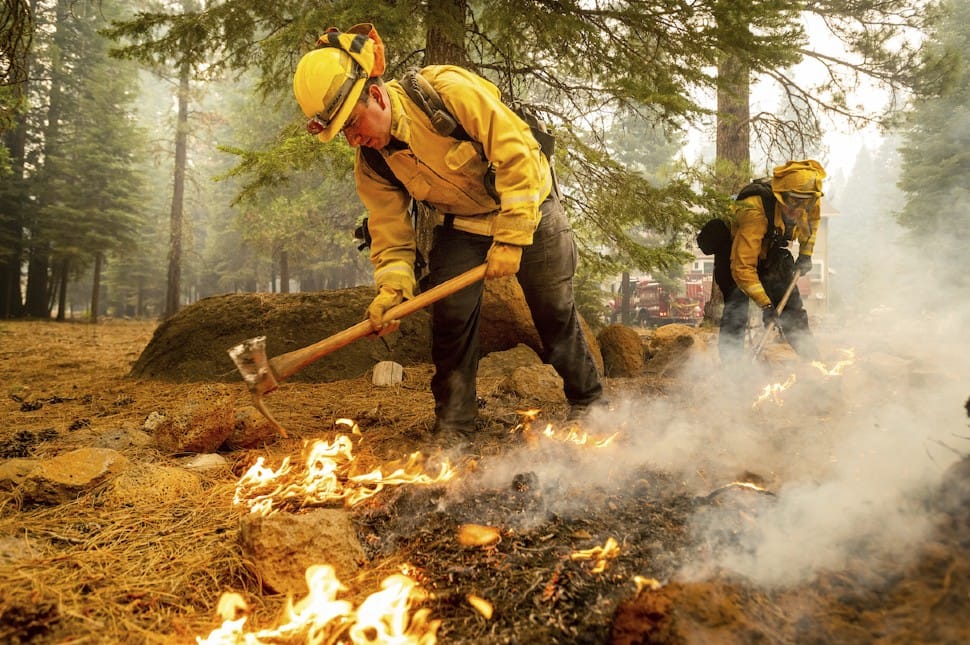
But the blaze and its neighboring fires, within several hundred miles of each other, posed an ongoing threat.
Heat waves and historic drought tied to climate change have made wildfires harder to fight in the American West.
Scientists have said climate change has made the region much warmer and drier in the past 30 years and will continue to make the weather more extreme and wildfires more frequent and destructive.
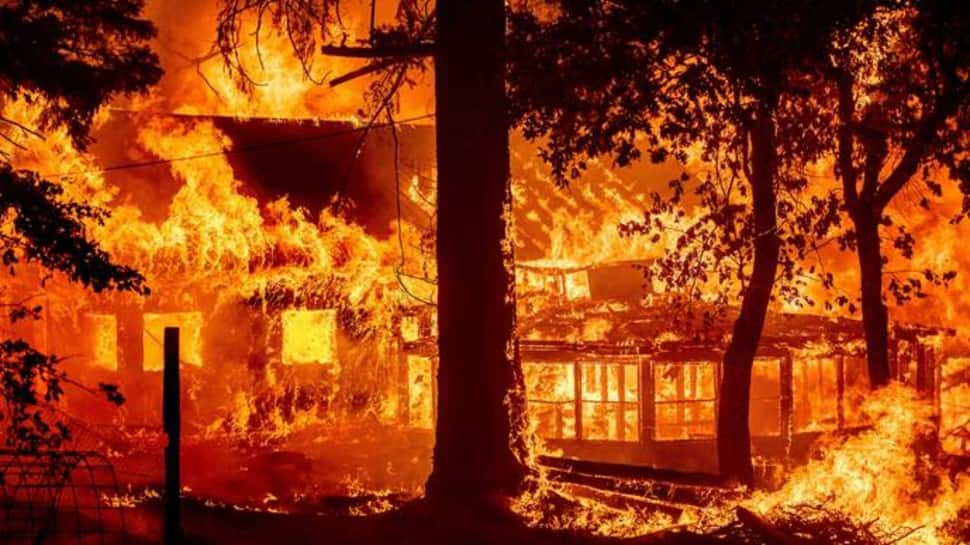
Near the Klamath National Forest, firefighters kept a close watch on small communities that were ordered evacuated in the path of the Antelope Fire, which earlier threw up flames 100 feet (30 meters) high as it blackened bone-dry grass, brush and timber. It was just 20% contained.
Further northwest, about 500 homes scattered in and around Shasta-Trinity National Forest remained threatened by the Monument Fire and others by the McFarland Fire, both started by lightning storms last week, fire officials said.

About a two-hour drive south from the Dixie Fire, crews had surrounded nearly half of the River Fire that broke out Wednesday near the town of Colfax and destroyed 68 homes and other buildings. Evacuation orders for thousands of people in Nevada and Placer counties were lifted Friday. Three people, including a firefighter, were injured, authorities said.
Smoke from the fires blanketed Northern California and western Nevada, causing air quality to deteriorate to very unhealthy and, at times, hazardous levels.

Air quality advisories extended through California's San Joaquin Valley and as far as the San Francisco Bay Area to Denver, Salt Lake City and Las Vegas, where residents were urged to keep their windows and doors shut. Denver's air quality ranked among the worst in the world Saturday afternoon.
California's fire season is on track to surpass last year's season, which was the worst fire season in recent recorded state history.
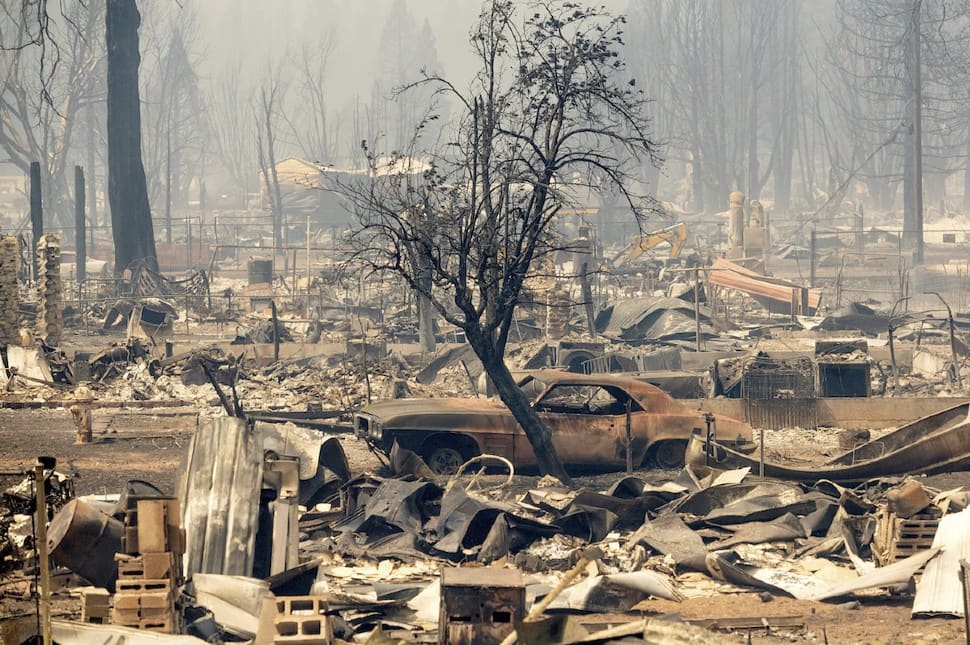
Since the start of the year, more than 6,000 blazes have destroyed more than 1,260 square miles (3,260 square kilometers) of land, more than triple the losses for the same period in 2020, according to state fire figures.
(With inputs from news agencies)
Stay informed on all the latest news, real-time breaking news updates, and follow all the important headlines in india news and world News on Zee News.
Live Tv







)
)
)
)
)
)
)
)
)
)

